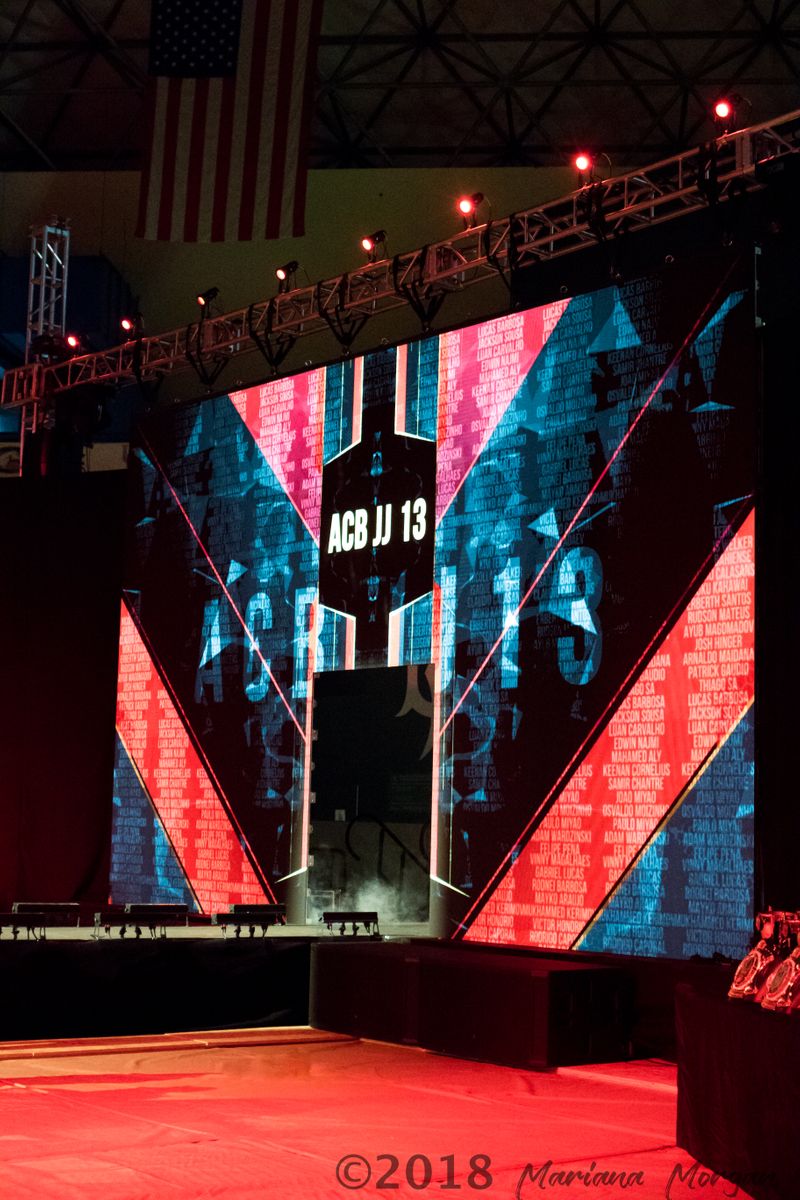Exploring the Crucial Factors That Affect Hue Consistency in Light Emitting Diode Wall Panels for Ideal Visual Performance
Exploring the Crucial Factors That Affect Hue Consistency in Light Emitting Diode Wall Panels for Ideal Visual Performance
Blog Article
Hue consistency in light-emitting diode wall screens is crucial for achieving maximum optical performance. light-emitting diode wall screens are commonly used in multiple settings, including musical events, meetings, and advertising displays. When the colors on these panels are consistent, they create a more captivating and enveloping experience for audiences. Several critical elements influence hue uniformity, including the caliber of the light-emitting diode elements, tuning procedures, and surrounding factors.
The caliber of the light-emitting diode elements plays a major role in color uniformity. Different types of light-emitting diodes produce light at varying wavelengths, which can influence the total hue result. High-quality LEDs are designed to produce a more consistent light range, resulting in better color precision. Additionally, the manufacturing method of these LEDs can impact their functionality. Screens made with high-grade materials and techniques tend to have less hue differences, ensuring that the displayed images and videos look lively and faithful to reality.
Calibration is another crucial factor in maintaining hue uniformity in LED wall panels. Tuning entails modifying the settings of the screen to ensure that the hues displayed align the desired design. This procedure can include learn about this here now fine-tuning luminosity, differentiation, and color balance. Frequent calibration is essential, especially in settings where lighting conditions vary often. By tuning the screens, technicians can correct any inconsistencies in hue result, leading to a more uniform observing encounter.
Environmental conditions also affect color consistency in light-emitting diode wall screens. Factors such as ambient light, heat, and humidity can affect how colors are perceived. For example, intense surrounding light can dull colors, making them appear less lively. Similarly, harsh heat can affect the performance of the light-emitting diodes, resulting to color changes. To reduce these problems, it is essential to install LED wall screens in controlled environments where lighting and heat can be controlled effectively.
Lastly, the layout and layout of the light-emitting diode wall screens can impact color consistency. The arrangement of the screens, as well as the spacing from which they are observed, can create variations in hue perception. When panels are placed too far apart or at different positions, viewers may notice inconsistencies in color. To achieve the optimal optical output, it is crucial to take into account the placement and arrangement of the panels during installation. By addressing these elements, operators can guarantee that their light-emitting diode wall screens provide a consistent and high-quality visual experience.
